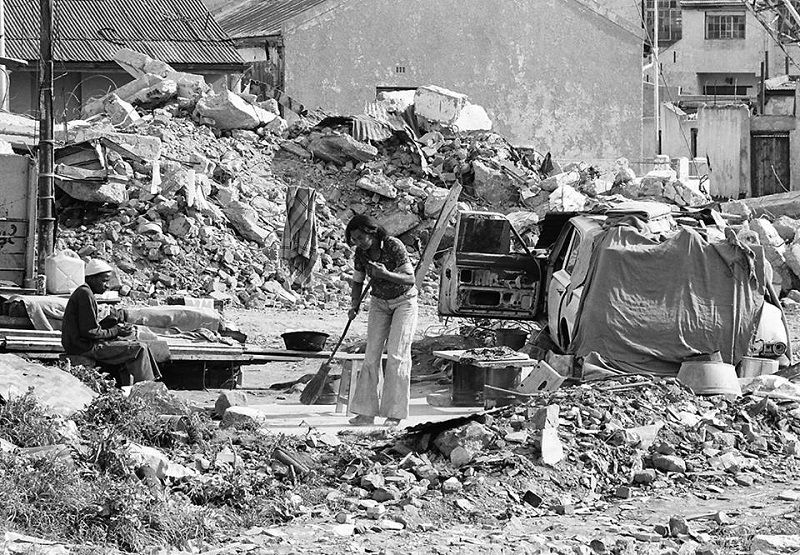Image courtesy: Johann du Plessis
This week is a significant week for Capetonians, as they mark 54 years since the forced removals of District Six. More than 66,000 people were evicted over the course of 15 years and relocated to the fringes of the Cape Flats as the colourful area was officially declared “white” under apartheid legislation. To celebrate the start of a new era of hope for the claimants and all those who were forcibly evicted, a very special event will be held at the Castle of Good hope this coming Saturday.
Chris Chene Julius, acting director and head of the archives at District Six Museum speaks about the rich heritage of this iconic place that holds value in the hearts of everyone in the Cape.
“Many people know how District Six was before, many who lived there worked in the CBD and would often enjoy the fresh market that was where the Good Hope centre is. They would go to the ‘bioscope’ (cinema) as it was very popular. If you married someone from Claremont or Harfield, you were known for marrying ‘buiterkunt’ (outside). The people upheld a strong strength of identity, many sporting associations kept themselves busy and kept the community alive,” said Julius.
On the 11 February 1966, PW Botha declared District Six as an all-white area. Many did not believe the headline in the newspaper until they came home and saw the implementation of the Group Areas Act. The first physical removal took place in 1968. Although many received eviction notices they would move in with family members who stayed in District Six.
The city council let the property go and allowed it to be demolished. Many children would come home from school and see their neighbours home reduced to rubble. The trauma of these events remains real to this day and many cannot speak about what happened.
“The restitution process in 1994 created a lot of hope for the people hoping to return to District Six and people were excited to get justice for the injustice done to them. Over the years, we have witnessed the slow delivery of housing. The role of the museum is to remind the people of the rich heritage and the spirit of District Six. A community that was very caring where they shared the trauma and close due to the injustices done to them,” said Julius.
On Saturday, the District Six museum team will be walking over to Hanover street to lay down a stone to remember the struggles of the people of District Six. The aim is to remember the struggles of all those who were evicted of their homes, sharing the anger and hope.
“We have been focused on getting District Six declared as a national heritage site, we believe the story of District Six is significant for the entire county. We will be marching to the offices of the South African heritage resources agencies to deliver about 10 000 partitions in support of District Six becoming a national heritage site,” said Julius.
Julius urged people to come to the museum to have a look at the programs. She said that people should share their stories with younger family members so that they are aware of the rich heritage and culture of District Six. She urged people to attend the commemoration that takes place on Saturday, 15 February, at the Castle of Good Hope.






 WhatsApp us
WhatsApp us 

